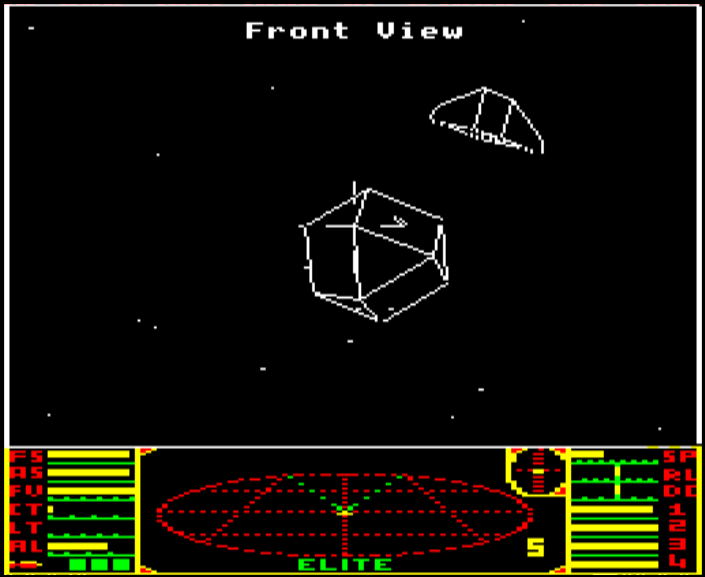Dictator93
Member
The train turns. Also I think it is not exactly a positive or a negative that the train doesn't "change animations" of characters on it. ikewise it isn't technically impressive in uncharted. The only reason they could achieve those animations in uncharted is because you cannot physically leave the train... its not like it was using multiple physics grids or anything (star citizen).It's a bit different because the train section in Crysis Warhead does not affects animations in any way and the train only goes in a straight line...which was the major challenge while making Uncharted 2, not the fact that they had a still trail surrounded by a moving scenery.
And the fact that Crysis didn't have repeating section has nothing to do with it being more technically advanced int his area, it's simply because of the level design. Since in Crysis Warhead the level was to finish once the train reached a certain point and the train would move irrespective of what the player's doing (granted the path is clear), while in Uncharted 2 the level would just stop progressing if the player stops progressing by just standing at a point. What I am saying is that the progression of the level is tied to the player due to them wanting a "cinematic experience". They could have made a level like Crysis Warhead in Uncharted 2 if they wanted to easily but that would result in a much shorter level or a level that's badly paced (since there is no guarantee where or what the player is doing when one scenery moves from another)
Also Shadowfall is 2013, but yes it is comparable (even better in some areas) to Crysis 3 and Ryse that came out the same year.
I definitely think shadow fall deserves a mention though, it is doing a heck of lot of stuff I find quite comprehensive. Especially their area lights.


